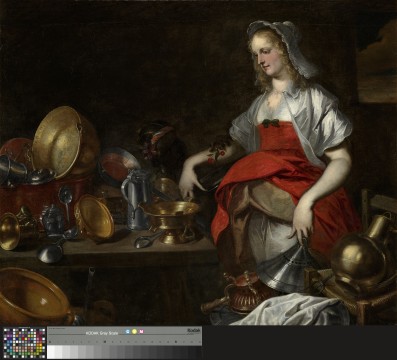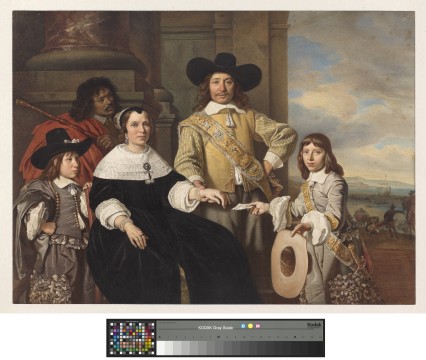


Donors, friends and guests with a privilege pass may book a single or multiple time slots here
Donors, friends and guests with a privilege pass may book a single or multiple time slots here
Would you also like to experience more Boijmans or give a friendship as a gift? Join as a Friend and get invited for the annual Museumpark Vriendendag. Will we see you or your friend in the depot soon?

In the depot we are carrying out research into the museum’s collection. This almost always takes place on a project basis with several of the museum’s staff members forming a team, sometimes in collaboration with external parties. For example, a restorer will inspect an artwork’s condition, a curator will contribute new art historical knowledge, and a registrar will ensure, among other things, that all information about the collection can be retrieved. These research projects are essential for the museum because they lead to new insights into the collection. How we look at art, heritage and the past is constantly changing, so research is never really complete.


6 October 2022 – 05 December 2022
Some collection pieces carry traces of colonial production, trade and consumption of sugar, tobacco, tea and coffee. In some cases, the historical production and consumption of these commodities predates the colonial system by which these commodities were produced on a massive industrial scale through the forced labour of enslaved people from Africa and Asia. This history will also be investigated here.
6 December 2022 – 6 February 2023
The museum’s collection contains artworks and objects whose depictions of people stem from colonial and racist representations. This negative image is also expressed in the absence and invisibility of people of colour or people of non-European origin. The museum’s collection also contains artworks and objects from the pre-colonial period that demonstrate that this negative image was not yet present.
7 February 2023 – 2 April 2023
From the moment that the previously named ‘Museum Boymans’ opened its doors to the public in 1849, the collection has been created and exhibited on the basis of a certain zeitgeist. This museum’s history is inextricably linked with colonial history. Art museums such as ‘Museum Boymans’ collected different types of artworks and objects to the Museum of Geography and Ethnography (1885), to which Rotterdam-based collectors also gave direction.

























